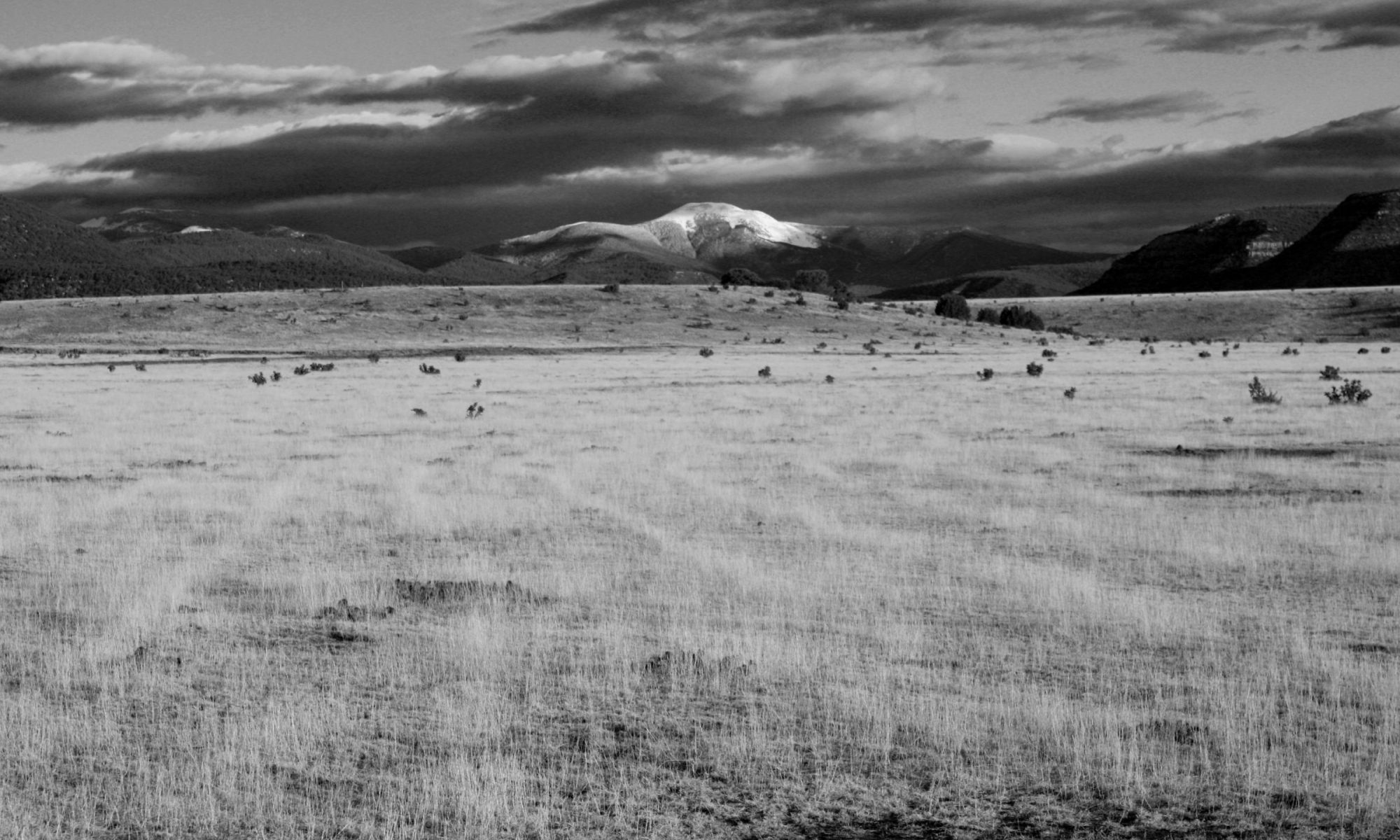The other day I mentioned I was looking for a book. I don’t know if I called it by name. Most likely I referred to it as a writing book—maybe a grammar book. I’ve found it improperly shelved between two outdated software manuals for 3D modeling. “The Creative Writer’s Style Guide” by Christopher T. Leland (dude! where’s you blog?) reads surprisingly well for an instructional book on writing. I credit Leland’s conversational style, terse but varied examples, and lack of assignments for my success in reading his book cover to cover.
The first half of the book outlines technical grammar rules by reflecting examples from fiction writing. He begins with nouns—in case you didn’t know what those were—moves through verbs, then parts of speech, sentences, capitalization, punctuation, and concludes with dialogue and thought. Thankfully he doesn’t use an extended example throughout with the same characters and same scenes playing out only with a new focus on the next topic.
If the first half of the book teaches you how words work, the later half teaches you how to work the words. This last part covers language and style. I’m sure there are excellent topics left out, but looking over the table of contents the gaps don’t spring to mind considering that Leland covers images, slang and dialect, offensive words, description, pace, accuracy, allusion, and experimentation. For me, the book is like a personally designed Swiss Army knife. It matches the appropriate amount of blades with the necessary array of gadgets and leaves out the useless awl and magnifying glass.
I am glad to have it back on my desk—maybe now I’ll get to using that dash correctly.
Word count: 274
Day 215
